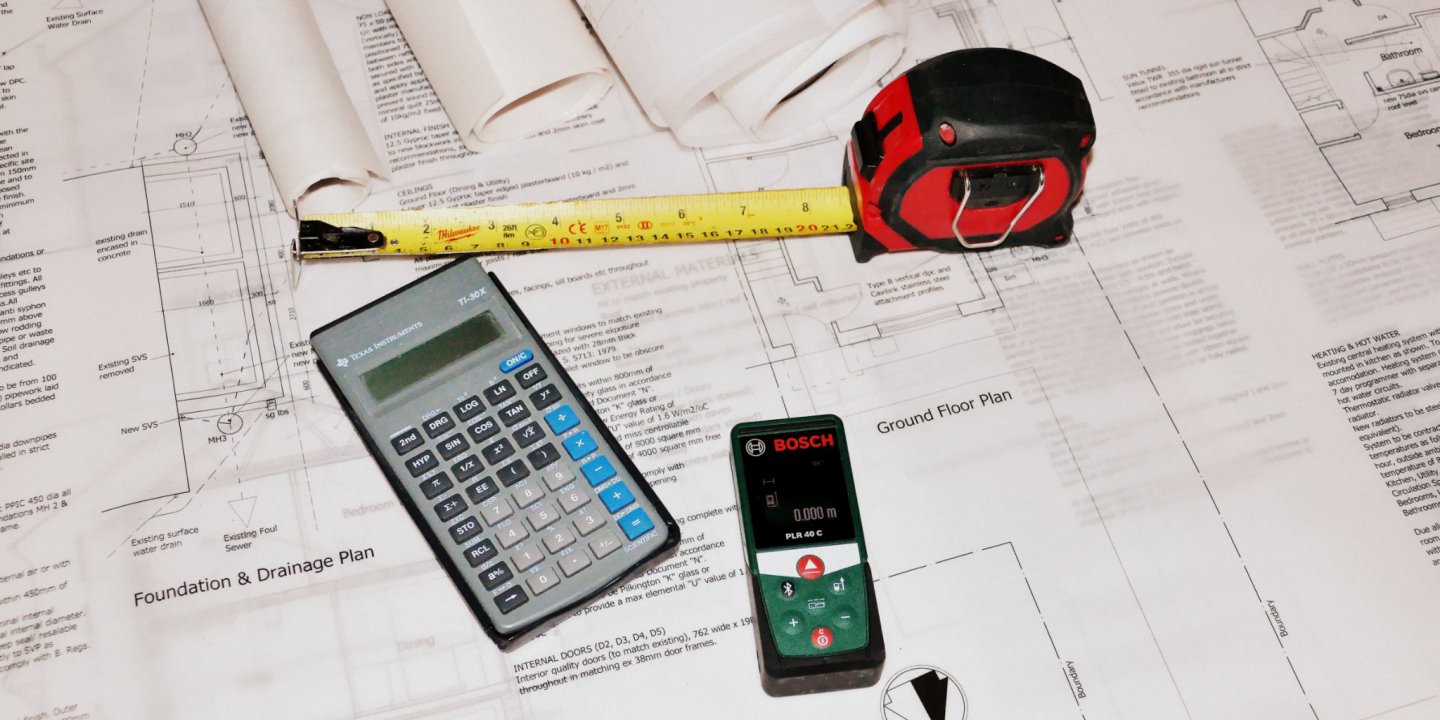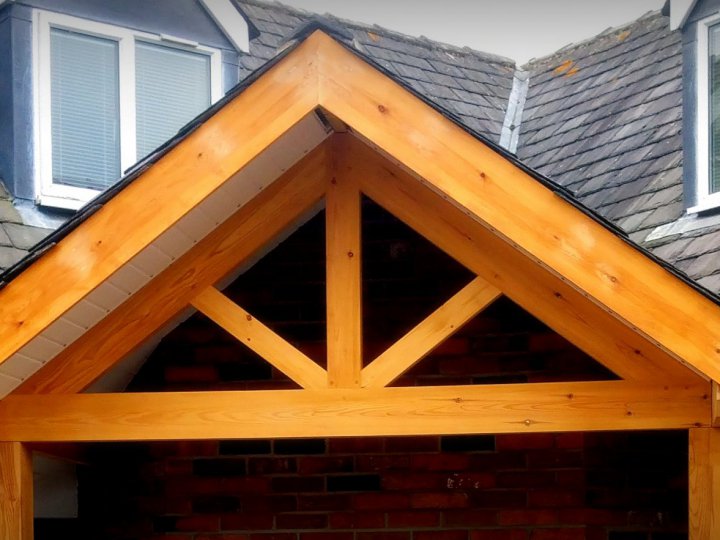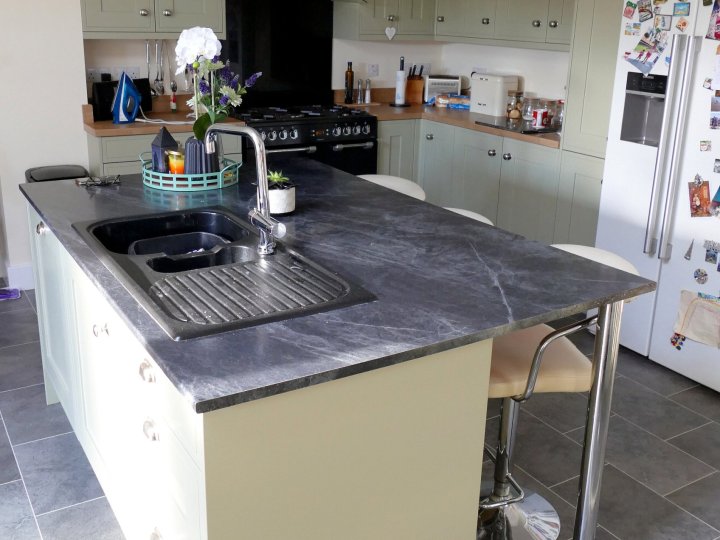
The Standard Assessment Procedure (SAP) Calculations (often referred to simply as SAP calcs) were introduced in the UK in 1995 with the aim of increasing the energy performance of both residential new-build houses and other property extensions.
This can be a confusing and often overlooked part of the building control application process but can offer both designers, seasoned developers, and first-time builders an opportunity to create a far more energy efficient and ultimately cheaper to run house.

The SAP system was an evolution of the Domestic Energy Model methodology developed by The Building Research Establishment (BRE).
This is required to show compliance under Parts L1A (new build housing) and L1B (conversions and extensions of homes) within the UK Building Regulations.
The requirements of the SAP regulations have been updated several times over the last 30 years or so to reflect both the introduction of new materials and technologies across the housing construction sector (for example air source heat-pumps and better insulation products) and assist in raising the overall standard of thermal efficiency across the UK housing stock.
The latest update was in June 2022 which introduced SAP 10.2.

What Are U Values?
The thermal effectiveness of a combination of specified building materials is expressed as a ‘U-Value,’ which is a measure of the rate at which heat goes through the fabric material build-up of an element of a building such as the walls, roof or floor.
In general terms, the lower the U-Value, the better the thermal efficiency of that building element.
The UK Building Regulations specify minimum U-Values for various building elements but it is down to the design team to specify materials that meet these legal minimum requirements when applying for Building Regulations Approval from the relevant local authority.
It should be noted, the U-values outlined in parts L of the UK Building Regulations (as with other parts of the Building Regs), should not be viewed as the target to hit but as the minimum required standard.
Many of the projects IGB Architectural Design have completed have used materials and insulation levels which goes much further than the Building Regulations require as this can benefit the property owners for years and years to come.
Whilst this can add some small extra cost to the up-front building cost of your housing development, broadly speaking, the better the insulation levels of a property the cheaper its ongoing heating costs will be.

When Are SAP Calculations Required?
A SAP assessment for new build properties and most extensions is a desktop study undertaken by a qualified assessor which takes into account lots of details regarding the potential new-build properties. For example, the properties’ location, the material build-up and surface areas of the floors, walls and roofs, the location and type of the windows, the chosen ventilation, lighting and heating systems and the input of any renewable technologies such as photovoltaic panels or heat-pump units.
The SAP software also considers other calculations such as the existing Dwelling Emission Rate, the Target Emission Rate as well as the Fabric Energy Efficiency Rate. This is best done prior to any work commencing on-site as any changes can be incorporated into the written specification as required and avoid potentially costly on-site changes if the property build is already underway. SAP calculations are also required for any extension where the ratio of glazing-to-floor area exceeds 25%, for any barn conversions, for commercial to domestic change of use applications and where a property is to be sub-divided into flats or an HMO.
A SAP calculation is needed to work out a properties Energy Performance Certificate (EPC) which is a simplified but universal format to give prospective buyers and tenants a rough guide to a home’s energy and thermal efficiency.
An EPC guide gives a property a rating between A (best) to G (worst) along with potential recommendations for how to improve the buildings energy use if possible. An EPC rating is required to either sell or let a residential property. As of April 2018 in the UK, it is illegal to rent a property with an F or G EPC rating.
The Standard Assessment Procedure (SAP) methodology in the UK is due to be replaced in 2025 by a new system that is currently under consultation and development, referred to as The Home Energy Model (HEM) which emerged from the government’s 2019 Future Homes Standards report.
